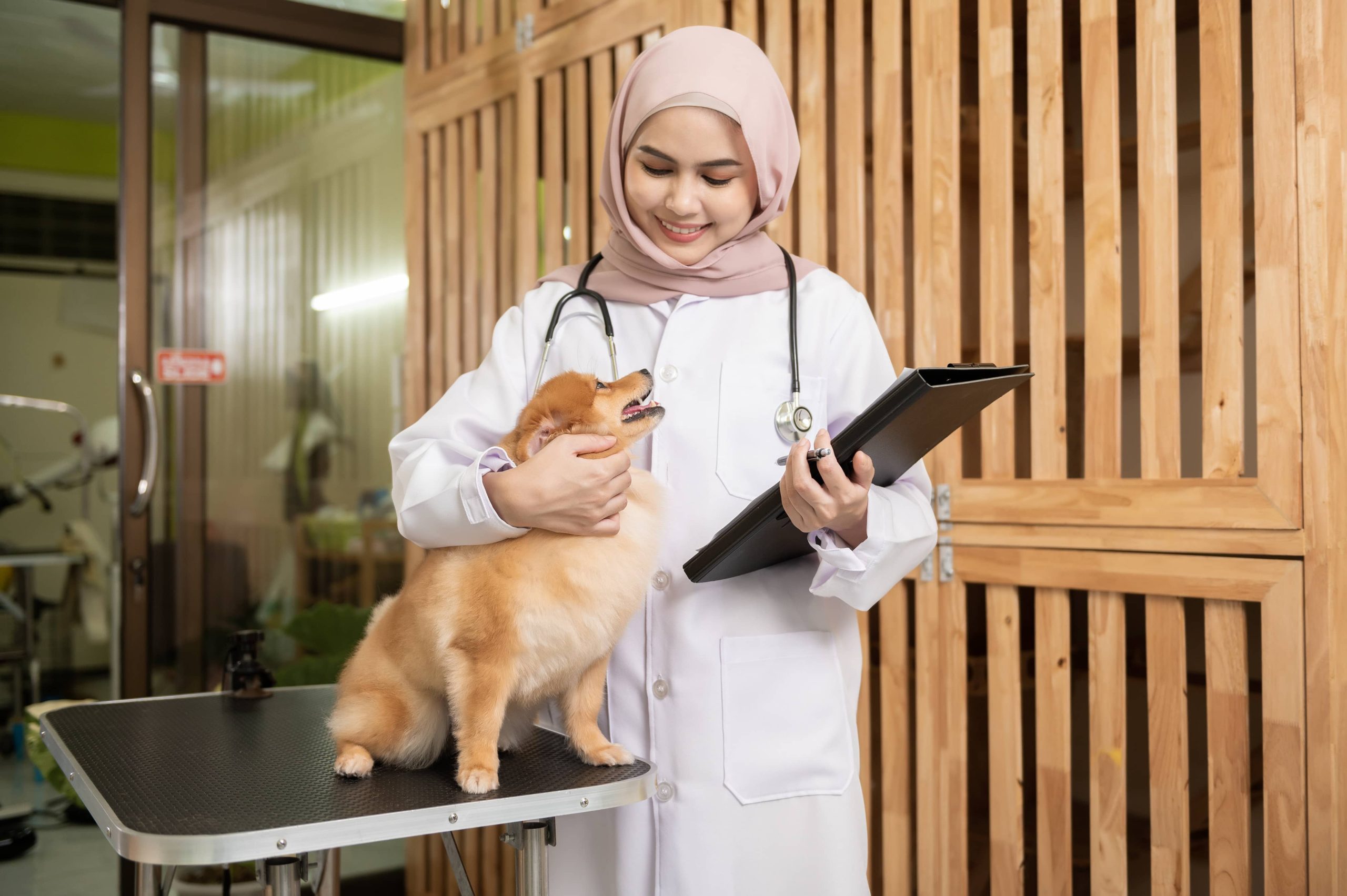
Taking care of a pet means being prepared for any situation, including unexpected emergencies. While we hope to never face serious situations with our furry friends, having a well-stocked first aid kit can help you handle minor injuries and stabilize your pet until you can get to a veterinarian.
Why Have a First Aid Kit for Your Pet?
Just like adults and children, pets are prone to injuries, accidents, and sudden ailments that can occur at any time. From minor scrapes and bruises to more severe issues like allergic reactions or ingesting something toxic, a first aid kit can help provide immediate and necessary care. Having a dedicated kit for your pet means you’re always prepared to offer immediate relief and support.
Building Your Pet’s First Aid Kit: Essential Items
1. Container: Choose a durable, waterproof container to store all your first aid items. It should be easy to carry around and have compartments to keep supplies organized.
2. Pet First Aid Manual: This could be a booklet or pamphlet that provides information on how to handle common pet emergencies. Familiarize yourself with it before an emergency happens so that you can remain calm and knowledgeable.
3. Contact Information: Keep a list of emergency phone numbers, including your veterinarian, a nearby 24-hour emergency veterinary clinic, and animal poison control (e.g., the ASPCA Animal Poison Control Center).
4. Muzzle: Even the gentlest pets might bite when they are in pain or scared. Having a muzzle on hand will help protect you while you administer first aid.
5. Leash and Collar: An extra leash and collar will help you control your pet in an emergency and are especially useful for keeping them calm.
6. Absorbent Gauze Pads and Bandages: Use these to stop bleeding, apply pressure, and protect wounds. Gauze pads are also useful for cleaning and covering injuries.
7. Adhesive Tape: Medical tape is essential for securing bandages. Make sure it is pet-safe and won’t stick to fur.
8. Antiseptic Wipes or Solution: Cleaning wounds is the first step to preventing infection. Look for pet-friendly antiseptics like Betadine (povidone-iodine) or chlorhexidine.
9. Hydrogen Peroxide: A small bottle of hydrogen peroxide (3%) can be used to induce vomiting if your pet ingests something harmful. Always consult with a vet or poison control before doing so.
10. Scissors and Tweezers: Rounded-tip scissors are safe for trimming fur around wounds. Tweezers are useful for removing splinters, ticks, or other foreign objects.
11. Sterile Saline: Useful for flushing out your pet’s eyes or cleaning wounds, always have a couple of bottles in your kit.
12. Cotton Balls and Q-tips: Helpful tools for applying ointments or cleaning small areas.
13. Digital Thermometer: A reliable thermometer helps you monitor your pet’s temperature. Learn how to take your pet’s temperature properly (rectally in most animals).
14. Disposable Gloves: Ensure hygiene and protect yourself with a box of disposable gloves.
15. Instant Cold Pack: Freeze packs help reduce swelling and manage pain caused by sprains, bruises, or burns.
16. Blanket: A small, lightweight blanket can help keep your pet warm and calm, or can be wrapped around them for support.
17. Eye Dropper or Syringe: Useful for administering oral medications or for flushing wounds.
18. Tick Remover Tool: Ticks can carry diseases, so it’s essential to remove them properly.
19. Splint Material: Rolled magazines or sticks can serve as makeshift splints, but ideally, a splinting kit or proper veterinary materials should be available.
20. Flashlight: A small, powerful flashlight with extra batteries can be invaluable if an emergency happens in low light conditions.
21. Medicine: Some over-the-counter medications might be used in pet first-aid, including:
– Benadryl (diphenhydramine) for allergic reactions (consult your vet for dosage)
– Antibiotic ointment for small cuts
– Styptic powder to stop minor bleeding from nails or superficial cuts
Always consult with your vet before administering any human medications.
Customizing the Kit for Your Pet’s Unique Needs
Every pet is unique. Consider specific conditions or treatments that your pet may need. For example, if your pet has regular allergies, ensure that you have an appropriate antihistamine. If your pet has a chronic condition like diabetes or epilepsy, pack extra doses of their medications. Discuss specific needs with your vet to ensure your first aid kit is fully equipped.
Maintain Your Kit
Regularly check the kit to ensure that all items are still usable and within expiration dates. Replace any used or outdated items immediately. Make a habit of reviewing your kit every six months or so.
Final Thoughts
The goal of a first aid kit is to provide quick and effective care that stabilizes your pet until you can seek professional help. It’s part of responsible pet ownership and can make a significant difference in an emergency.
Being prepared can’t prevent every incident, but it can certainly help mitigate the severity of the situation. By having the right tools and knowledge, you can take the essential steps to protect and care for your beloved pet. Fill your kit, stay informed, and keep your furry friend safe!
Remember, this guide is meant to be a starting point. Always work closely with your vet to tailor the kit according to your pet’s specific health requirements, ensuring that you are fully prepared for any situation that may arise.






